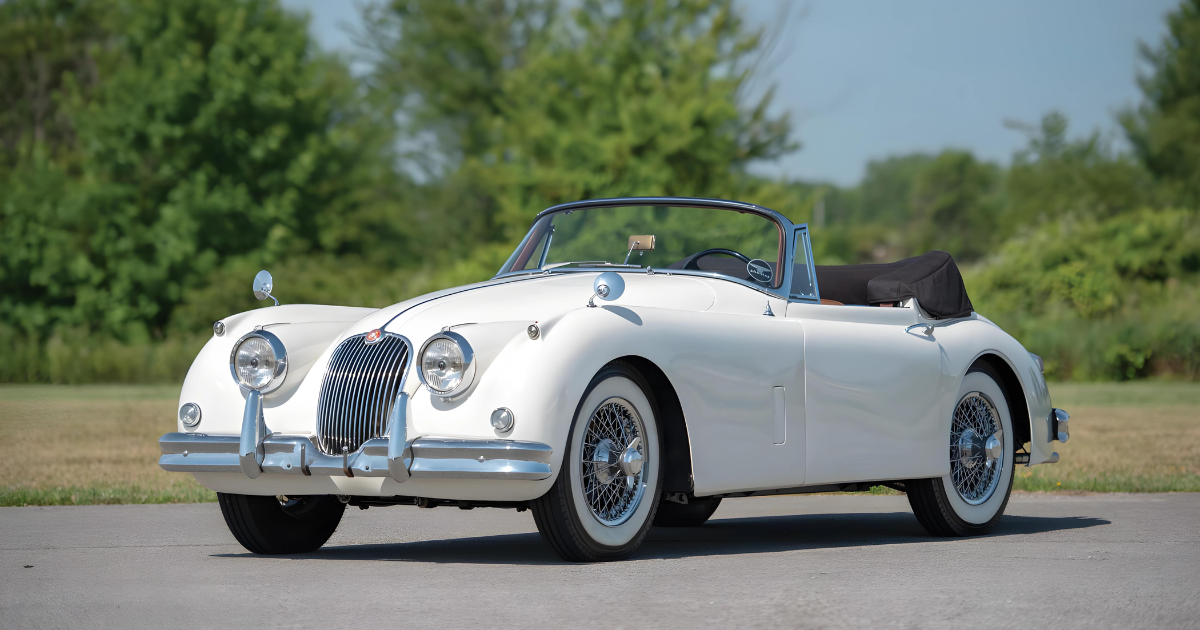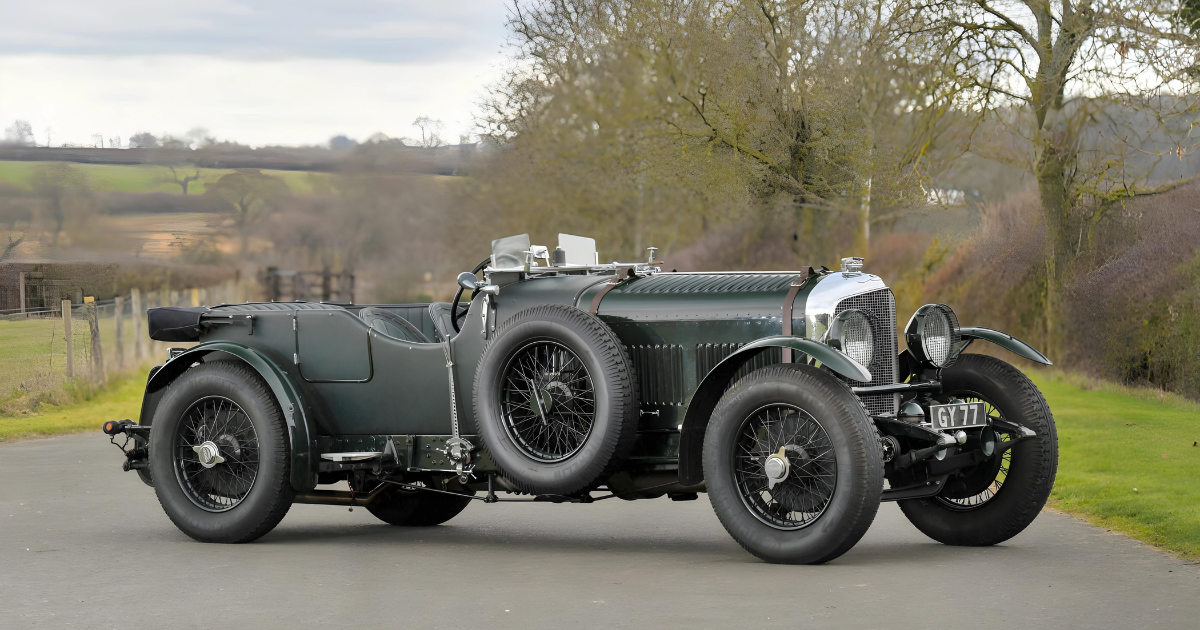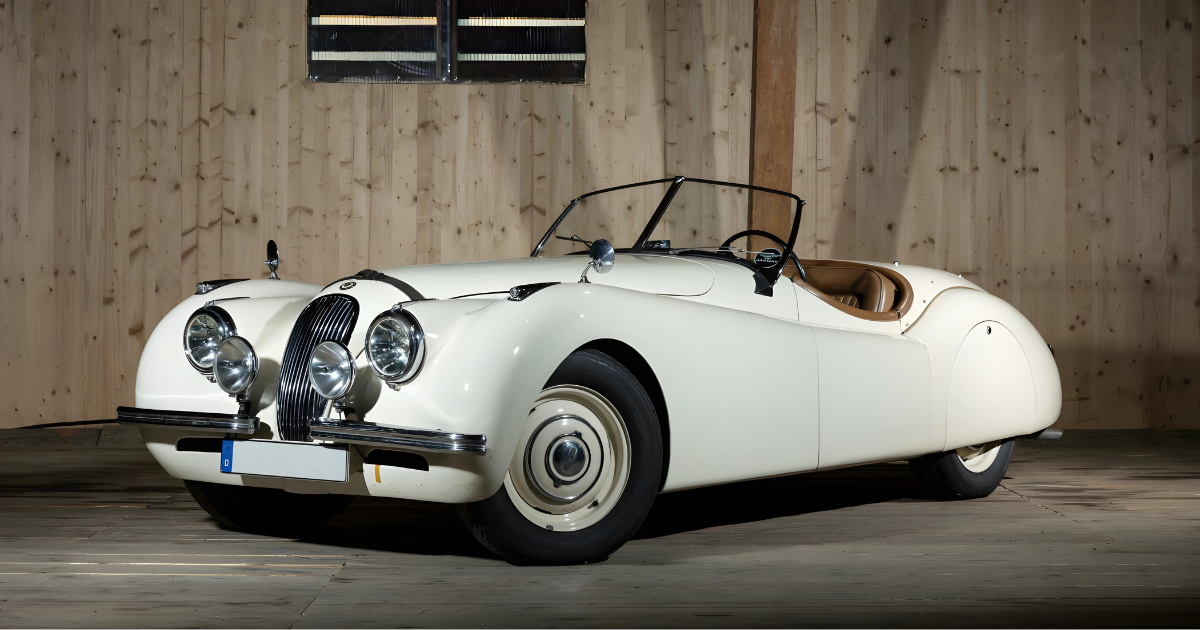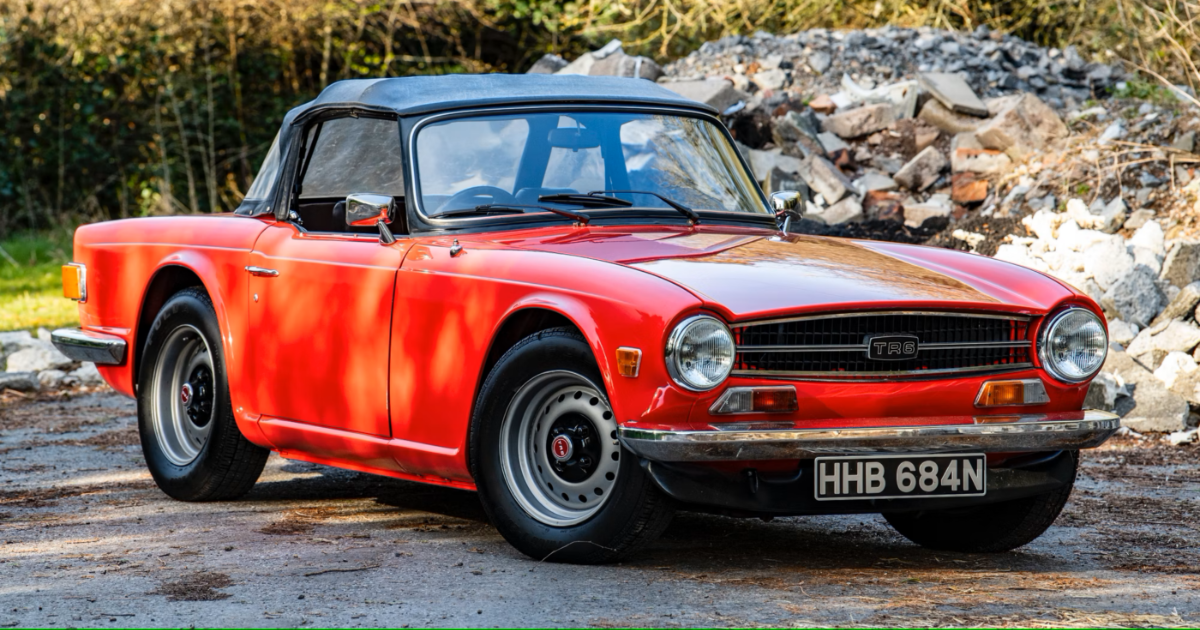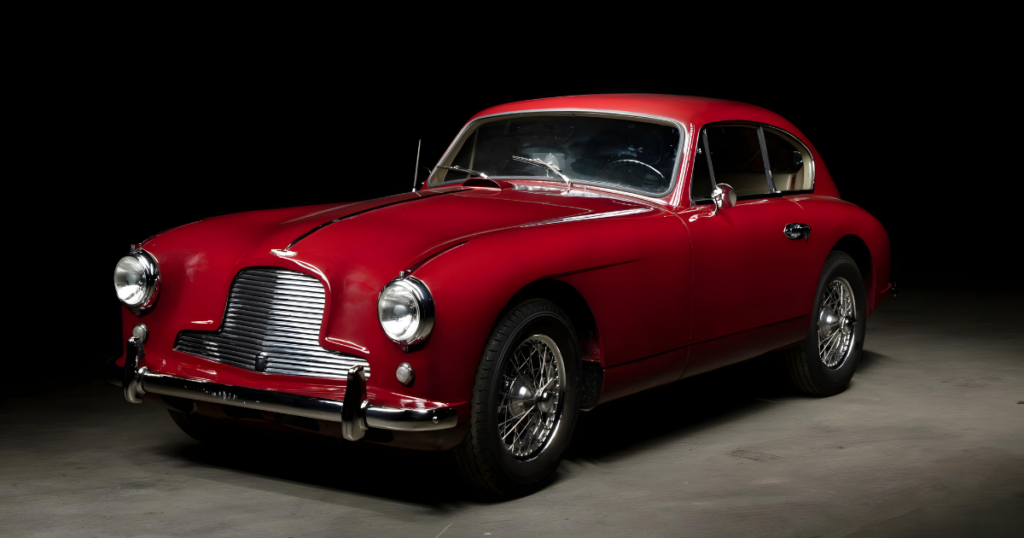
In October 1953, Aston Martin made a significant stride in expanding the appeal of its DB2 model by introducing the ‘2+2’ DB2/4 variant. This move was aimed at capturing the attention of a growing segment of sports car enthusiasts who desired a vehicle suitable for family use. The innovation involved modifications to the rear chassis and a slight reduction in the fuel tank capacity from 19 to 17 gallons to create additional space within the existing design framework.
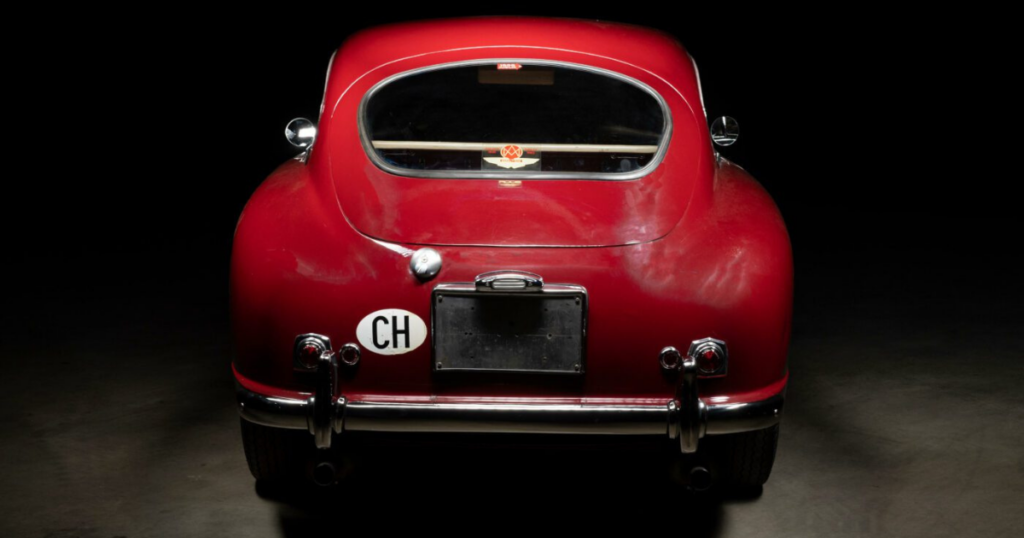
The most notable feature of the DB2/4 was the inclusion of two child-sized occasional rear seats, a departure from the traditional two-seater sports car layout. These rear seats provided an option for families or individuals needing extra passenger capacity without sacrificing the car’s sporty characteristics.
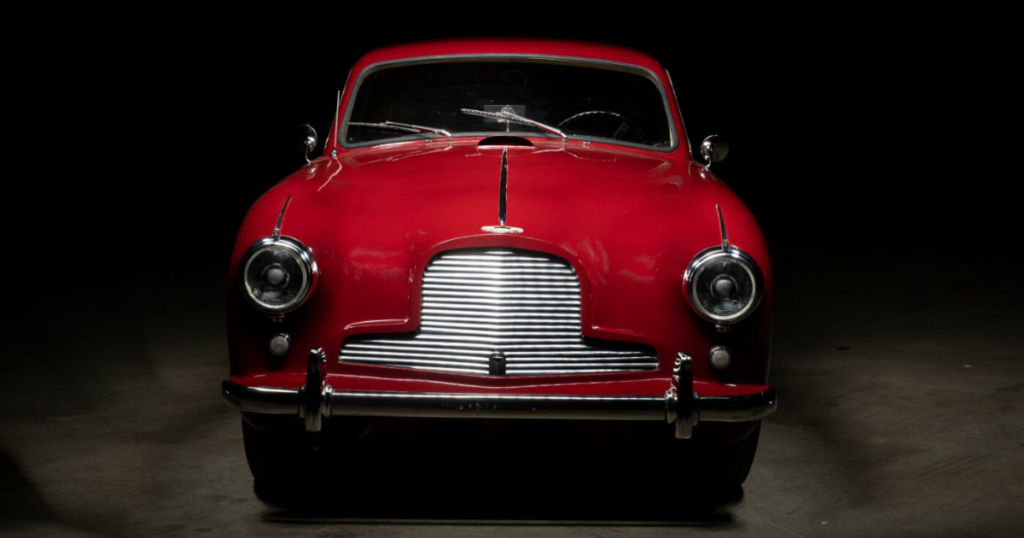
Moreover, the flexibility of the design allowed for the rear seat backs to be folded down, effectively transforming the car into a practical load-carrying platform that offered more than double the original luggage space. This innovative feature was made possible by the DB2/4’s unique opening rear door, which was ahead of its time and laid the groundwork for the now ubiquitous ‘hatchback’ concept.
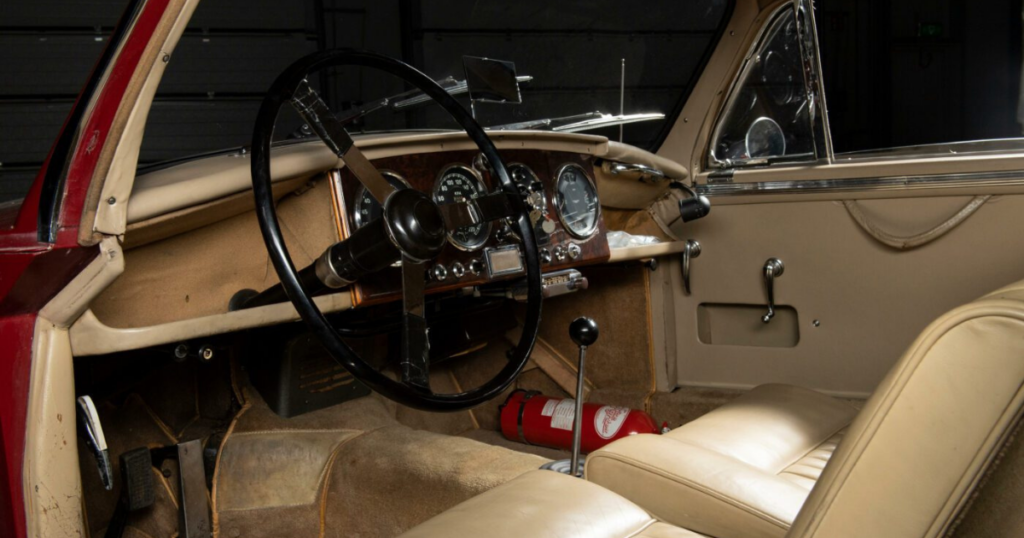
The Aston Martin DB2/4 quickly garnered praise for its transformation, with automotive publication The Motor commending its unrivaled luggage-carrying capacity and performance capabilities. The publication noted, ‘This transformation gives the Aston Martin DB2/4 an unrivaled luggage-carrying capacity in a car which should be capable in favorable circumstances of achieving two miles a minute.’
Aston Martin proudly claimed that the DB2/4 was the fastest car globally capable of accommodating two people along with a month’s worth of luggage, a testament to its versatility and performance-oriented design.
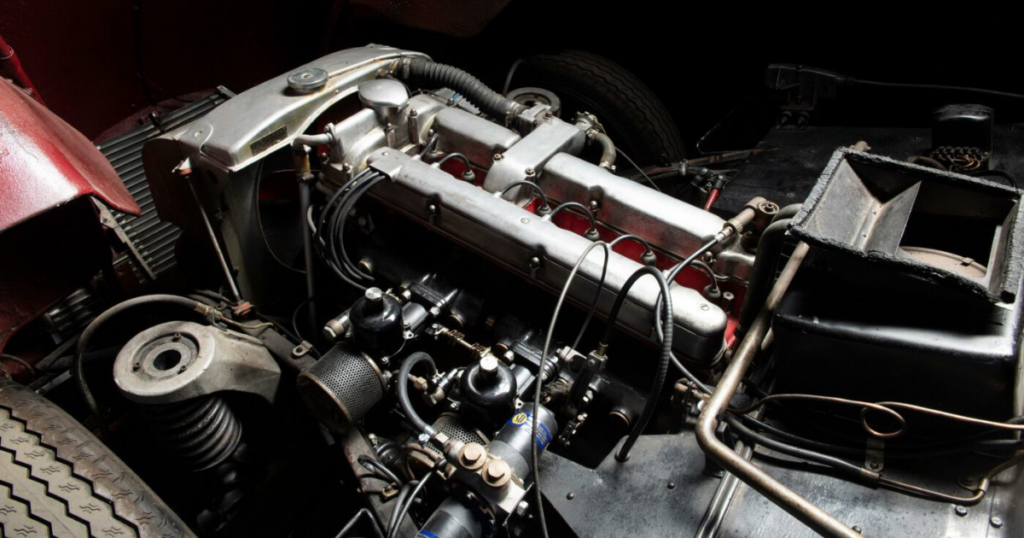
Under the hood, the DB2/4 was equipped with the 2.6-litre ‘VB6E’ engine in 125bhp Vantage tune as standard. However, in early 1954, Aston Martin introduced the more potent 3.0-litre 140bhp ‘VB6J’ engine, further enhancing the car’s performance credentials. With the upgraded engine, the DB2/4 distinguished itself as one of the fastest cars produced in Great Britain at the time.
It boasted impressive acceleration, capable of reaching 100mph in third gear, and achieved a maximum speed of around 120mph. Despite its high-performance capabilities, the DB2/4 maintained impeccable handling and offered a level of comfort uncommon in other high-performance cars of its era.
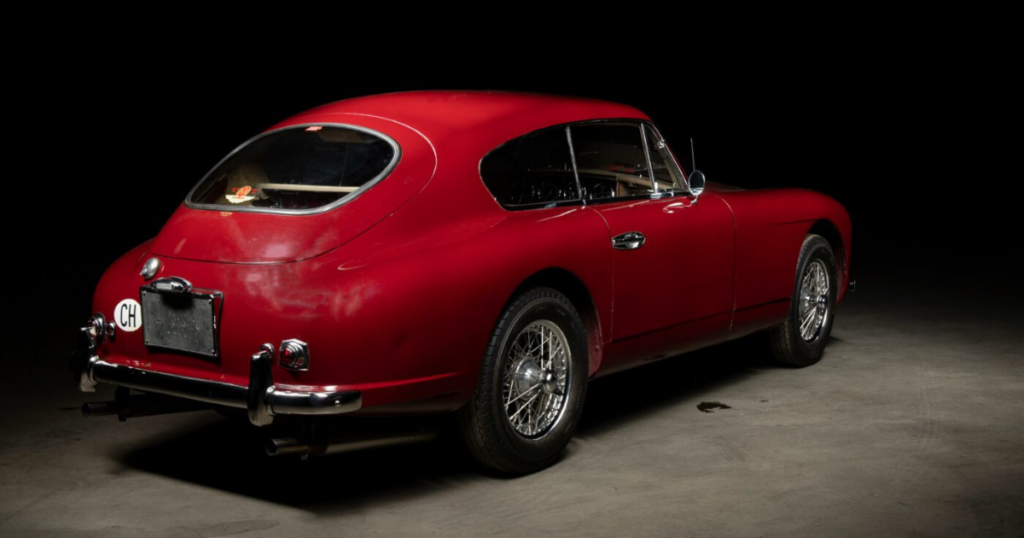
In summary, the Aston Martin DB2/4 represented a remarkable blend of practicality and performance, catering to the needs of sports car enthusiasts seeking a vehicle that could accommodate both family and performance requirements. Its innovative design, coupled with potent engine options, ensured that the DB2/4 stood out as a versatile and capable machine in the competitive automotive landscape of the 1950s.

